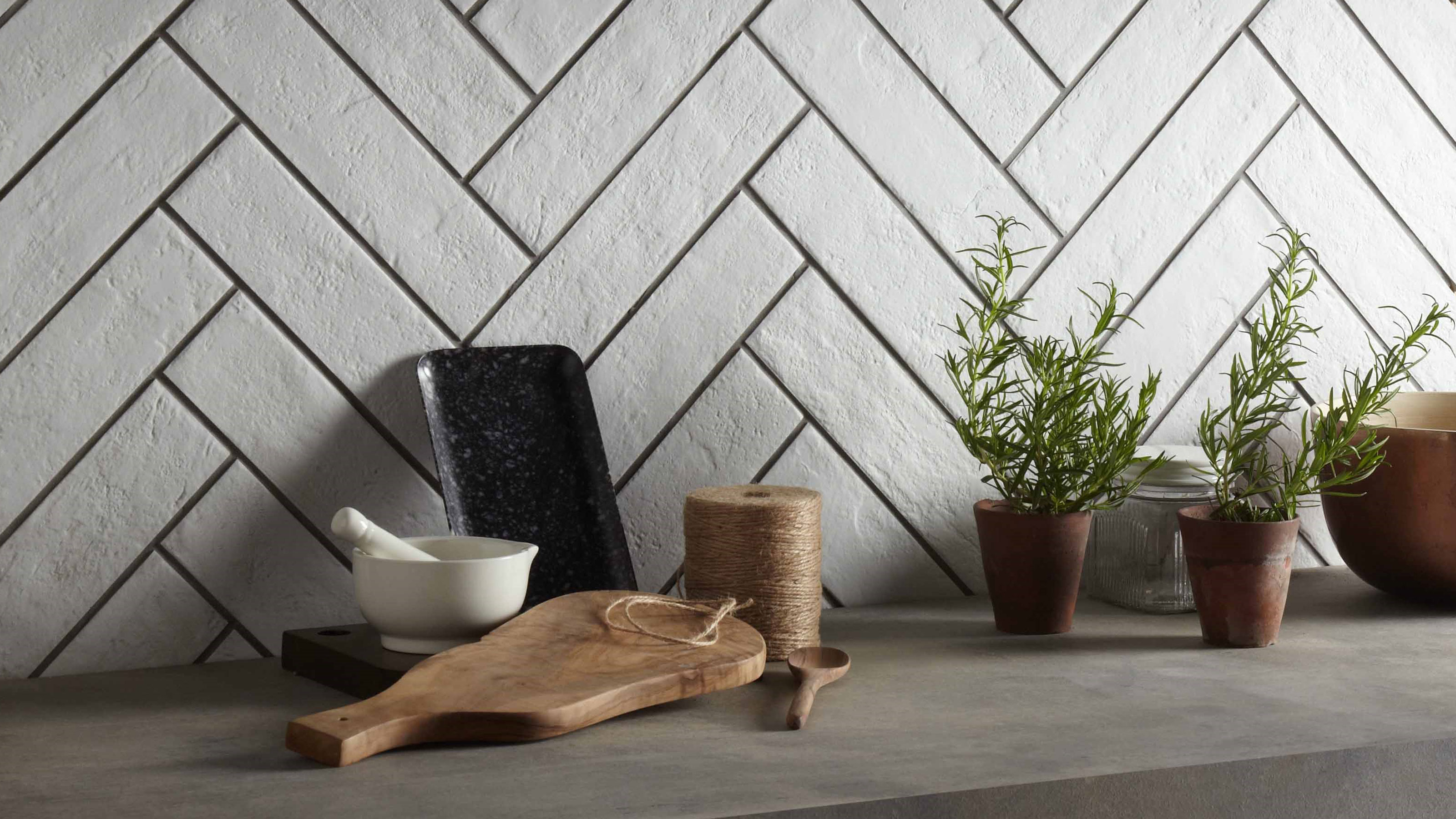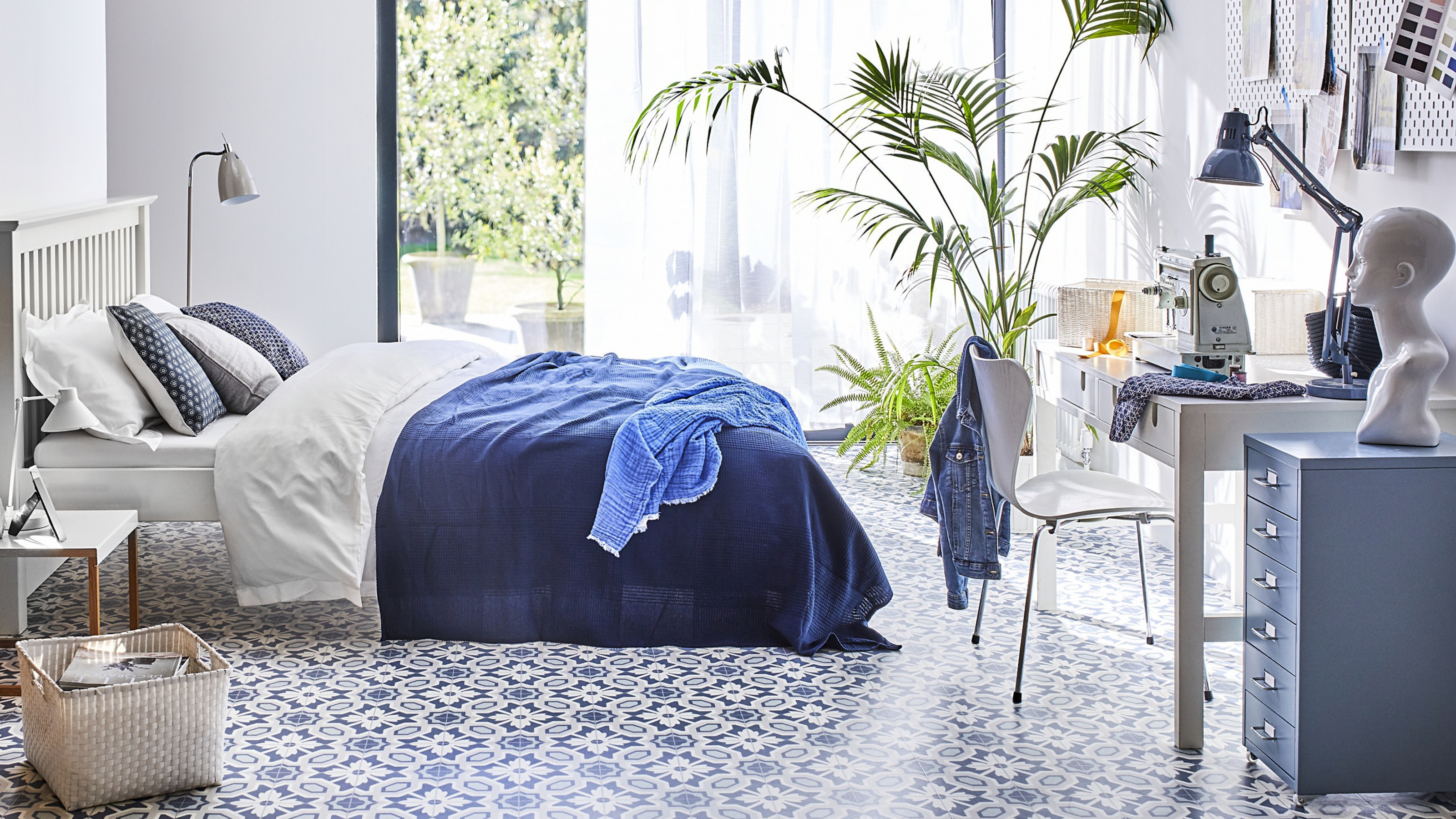

Savvy homeowners choose renovation projects with an eye toward resale value. That’s because the right reno projects can increase your home’s value. For example, there are several backyard improvements that make your home more appealing to buyers, and there are even colors to help your home sell quickly.
However, homeowners often overlook two inexpensive projects that have a huge payoff. In fact, these are actually the two least expensive projects, but they have the largest return on investment.
Keep reading to discover these two projects and learn why they’re so important to potential home buyers.
Deep cleaning
According to research by HomeLight, deep cleaning your home costs, on average, $169, but can increase your home’s value by $1,728. That’s a 935% return on investment!
“A home that’s deep cleaned and polished to a T will photograph better, show better, and provide a clean slate for potential buyers to imagine themselves decorating and living in the space — all of which can translate to potentially higher offers once your home is on the market,” says Annie Dreshfield at HomeLight. “It can also communicate an unspoken message: you’ve taken care of your home and it’s unlikely that there are deeper problems lurking beneath the surface.”
Her view is shared by Elizabeth O’Neill, a broker at Warburg Realty in New York, NY, who says a clean home communicates to the buyer that the property is both loved and well-cared for – and those are the most important messages that you can convey. “Also, let’s face it: everything looks better when it’s clean, but owners get ‘used to’ looking past dirt, and they lose their perspective,” she explains.
In fact, sometimes, a dirty home can stop potential buyers in their tracks within mere minutes of arriving. “Buyers ‘nope-out’ the fastest when we go into a home where it looks like no one living there even cares about the home,” says Chuck Vander Stelt, Valparaiso, IN-based real estate agent and owner of Quadwalls. “Homebuyers have a low tolerance for neglect, filth, or sellers putting forth zero effort to make a home presentable for showings.” And Vander Stelt says this is true for both the interior and the exterior.
Join our newsletter
Get small space home decor ideas, celeb inspiration, DIY tips and more, straight to your inbox!
What deep cleaning entails
Deep cleaning doesn’t cost much money (basically, you get need to pay for cleaning supplies), but it will cost you time and elbow grease. Of course, another alternative is to outsource the work to a local cleaning business.
If you’re tackling this task yourself, Dreshfield says you need to cover the usual bases, such as countertops, appliances, the refrigerator, and oven. And yes, buyers will open your refrigerator door and look inside of your oven.
There are also other must-clean areas in your home that can’t be overlooked. “Given the scant amount of time you have to make a positive impression on a buyer, you need clean walls – and I love Magic Erasers – shiny floors, bathrooms that sparkle, dust-free window sills, and clean tops of closets and door, because let’s face it, no one is excited to pay for someone else’s dirt,” O’Neill explains.
And that’s why you can’t assume that some spots will escape a buyer’s eyes during a viewing. “Areas such as light switch covers and around doorknobs and door frames may not be noticed at first glance, but believe me, a home has not had a deep cleaning before buyers view it, has a distinct feel that can turn them off, warns Christopher Totaro an agent at Warburg Realty in New York, NY. “A home that has been thoroughly scrubbed to the level of using a toothbrush to clean those hard-to-get spots and has sparkling windows will have a crisp and fresh feel,” he says.
And there are other places where homeowners may forget to clean, but buyers won’t forget to look. “Don’t forgot about cleaning inside kitchen and bathroom cabinets, drawers, and pantries, as well as your dishwasher and garage,” Dreshfield advises. “Giving the inside of your dishwasher a good scrub, power washing the floor of your garage — while the cleaning itself might take a few extra minutes, the impact can be outsized.”
- Keep reading: How to deep clean your house this weekend
Decluttering
Decluttering is the second least expensive renovation project with a huge payoff. On average, decluttering costs $486, but can increase your home’s value by $2,584 – which is 432 percent return on investment, according to HomeLight data.
“There is no need to have a degree in Feng Shui or minimalism to understand that clutter is unhealthy for the sales process,” says O’Neill. “Just walking into a cluttered space can immediately create a degree of stress.”
She admits that we tend to grow accustomed to looking at our own clutter, and this can make us blind to how potential buyers might view the home. “Clutter can be a real deal-breaker because not only is it unattractive to look at, but it can really telegraph to buyers a variety of negative attributes—including that there is inadequate storage,” O’Neill says.
But those aren’t the only negative reactions to clutter. For example, the more stuff you have in the home, the smaller it will appear. And O’Neill says it will also create yet another negative response: “Clutter can be interpreted as a statement of how attentive—or more aptly, inattentive — the seller is to other more serious home care issues.”
And here’s something you probably haven’t thought of: more clutter can make your home more polarizing. “Whether it’s pictures that remind the buyer of the boss who fired them, CDs from a band they hate, or a bumper sticker supporting a candidate they despise, the less clutter, the less chance to offend,” O’Neill explains.
- Keep reading: 27 decluttering jobs you must do if you want to sell your home
What decluttering entails
Decluttering your home can be a huge task, so consider trying to do it on a routine basis. This will keep it from being an overwhelming chore. Whether you declutter seasonally or annually, Dreshfield recommends trying to keep the clutter under control so you won’t have so much to do when you put the home on the market.
“You don’t have to go as far as emptying your shelves entirely, but try to think through the lens of a buyer: would your cherished possessions speak to them? Dreshfield asks. “Or are they so specific that a potential buyer may not be able to see past them during an open house?”
And if you don’t have the time or the desire to declutter your entire home, she recommends at least decluttering specific areas. “The most important thing to remember is to remove clutter that hampers sight lines, like in the living room and kitchen, to help buyers see the potential of the home without distraction.”
And this will require you to view the home with a critical eye since many of your items are just normal day-to-day objects to you, but may not have the same effect on buyers. “For example, toothbrushes, hairbrushes, pill boxes, etc. may be considered unnecessary and unsightly to others, and you want people to imagine themselves living in the house, but those personal items dispel the illusion,” Dreshfield explains.
And that’s the thought to always keep top-of-mind: it’s all about the buyers. This will make it easier for you to look past what you would like or prefer. Remember the end result of doing this. “Decluttering is one of the tasks that is most likely to help a seller accomplish one or all of the following: protect the listing price, reduce time on the market and/or potentially incentivize buyers to make offers over the asking price,” Totaro says.
“When a buyer is out shopping for their new home, and they enter a home filled with the objects and photos of the seller's life, the buyer is not easily able to “plug in” their own life and imagine living their new life in the home,” he explains.
Terri Williams is a journalist with real estate, home improvement, and product review bylines at Architectural Digest, Real Simple, Realtor.com, Bob Vila, Yahoo, MSN, The San Francisco Chronicle, The Houston Chronicle, and Apartment Therapy. She also covers business topics, with bylines at USA Today, The Economist, US New & World Report, Verizon, and several other brands that you’ve probably heard of. Follow her adventures on Twitter.
-
 This interiors trend could put buyers off, according to a realtor
This interiors trend could put buyers off, according to a realtorBold tiles can deter buyers, warns Juliette Hohnen
By Millie Hurst Published
-
 Move over tiny homes, the US is seeing a sharp rise in 'granny pods'
Move over tiny homes, the US is seeing a sharp rise in 'granny pods'There's been an explosion of ADUs since mid-2020
By Millie Hurst Published
-
 This Californian zip code has been named the most expensive in the US
This Californian zip code has been named the most expensive in the USThis ultra-desirable postal code has held its position in the top spot for the fifth year running
By Millie Hurst Published
-
 Prefabricated homes explained – the advantages and where to start
Prefabricated homes explained – the advantages and where to startWondering about the benefits of prefabricated homes and want to know more? Get the lowdown
By Sarah Warwick Last updated
-
 This is now the most expensive US city to rent in, according to new data
This is now the most expensive US city to rent in, according to new dataSpoiler: it's *not* San Francisco
By Millie Hurst Published
-
 Why you shouldn't move house on a Saturday - and other house-moving superstitions
Why you shouldn't move house on a Saturday - and other house-moving superstitionsGood luck to those moving this Friday 13th
By Millie Hurst Published
-
 These are the best – and worst – US cities for renters
These are the best – and worst – US cities for rentersThe most affordable, friendliest, and safest locations for renters revealed
By Anna Cottrell Published
-
 The colors that will sell your home this year – according to Zillow
The colors that will sell your home this year – according to ZillowIf you're selling your home this year, these are the colors that will maximize its value
By Anna Cottrell Published